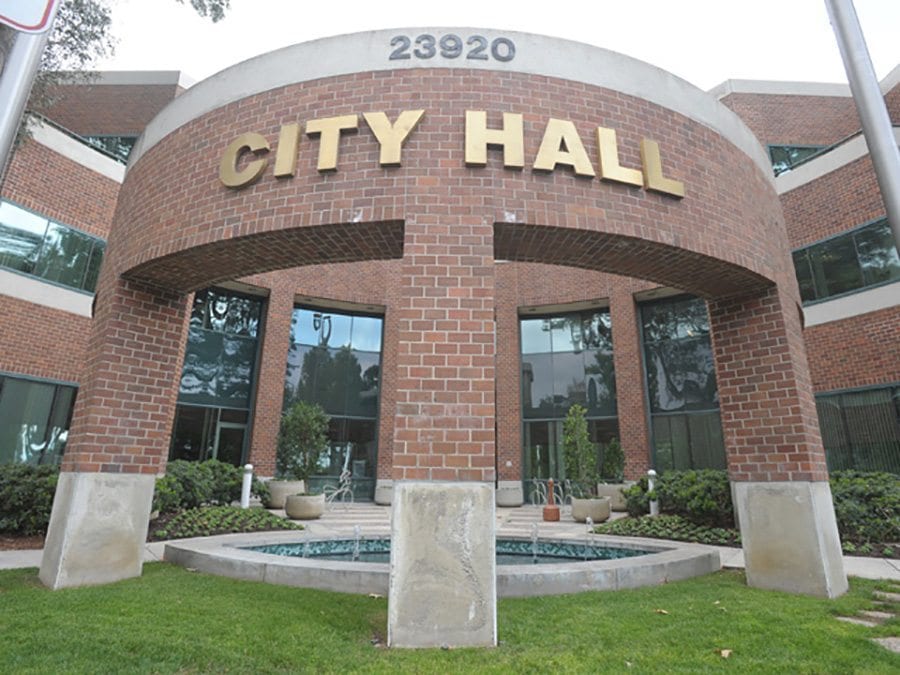
The Santa Clarita Planning Commission approved major upgrades for a longtime pool-chemical facility in a Saugus industrial center with a 3-1 vote.
Dan Faina, who was recently appointed to the commission on a nomination by Mayor Pro Tem Laurene Weste, was the lone no vote, after raising concerns about the chemicals and their storage.
Planning Commissioner Pam Verner said she recused herself from the vote to avoid the appearance of any potential conflict, as the company her husband works for, Burrtec, shares a property line with the project site.
Hasa, a well-known name in water-treatment chemicals, has operated in the Santa Clarita Valley since 1964, and company officials said Tuesday they’ve maximized the usage of their current facility’s space. That and the potential for automation were the big reasons why they’re calling for the expansion into a facility five times the size of their current one.
“The goal is to enhance additional safety features, modernizing … what we do, and then bringing in more automation,” said Angela Tran, chief strategy officer for Hasa, who was representing the applicant to the commission.
Hasa’s 1-gallon retail bottling and storage operations would move to two, one-story metal buildings on Springbrook Avenue. The buildings along Springbrook Avenue, south of Drayton Street, have historically been home to heavy manufacturing, industrial, automotive and warehouse uses since the mid-1950s, according to the city.
Hasa mentioned a few times on Tuesday the project was about “safety and efficiency,” not an increase in the manufacturing of their chemicals.
Hasa intends to relocate its packaging facility, “bringing it to the 21st century,” according to a representative for Hasa.
Faina said he was “trying to wrap his head around” why Hasa was seeking to ramp up its bottling efforts, if there was no planned increase in chemical production. A condition of the plan’s approval included annual limits the company could produce based on its current monthly production levels.
The 1-gallon bottling is no longer taking place at the Drayton Street facility, according to Hasa, which Faina said led him to again question the need for the plan.
Tran said that, sometimes, the importance of safety can be a bigger consideration than the return on investment, and in this instance, some of the plan was being driven by the need for safer operations. Another was the potential for more automation, which could help a number of operations, she said.
“Right now, if you go to our site, in the peak summer months, people are literally running over each other just trying to get products out; the forklift is driving … we’re trying to be safe, but it’s very tight in space,” Tran said.
Tran cited bottle inspection as an example of a way the company can create efficiency with new technology.
One of the ways the chemical manufacturer said it tries to be sustainable is in its reuse of plastic bottles, which have a three-year life cycle. The company’s policy of reusing the plastic containers it ships to customers who ship them back for refilling saves millions of new bottles from being produced every year, Tran said.
That process currently involves manual inspection from a person working on the line, Tran said, adding the new technology planned allows for the company to use cameras to detect any issues with the bottles.



